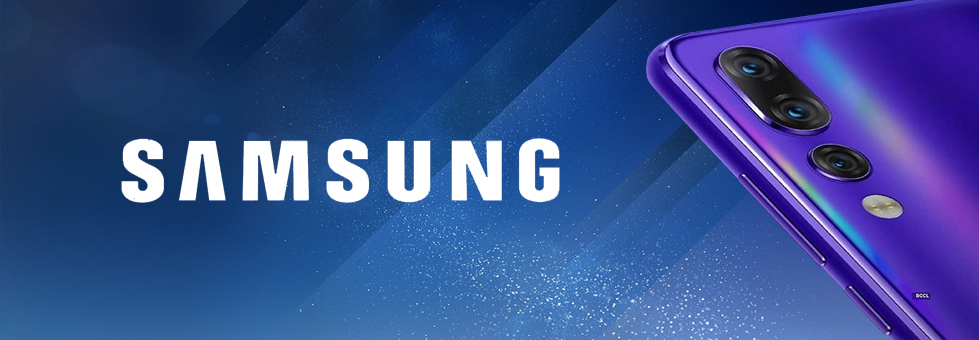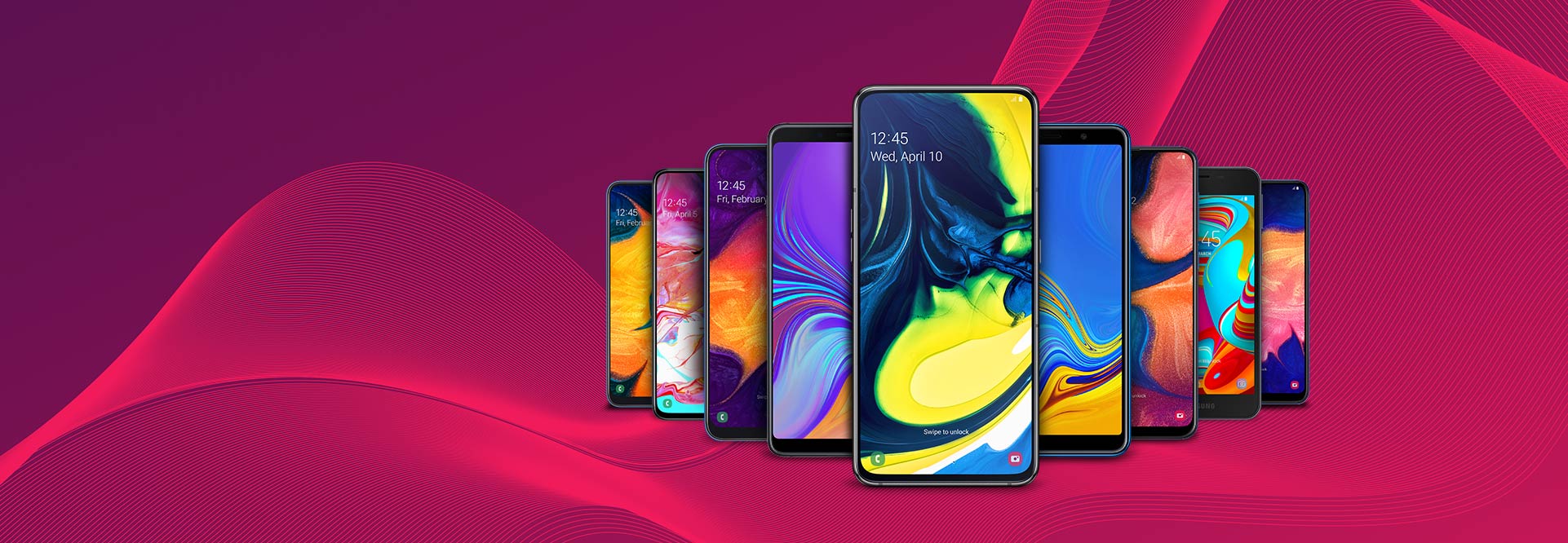Samsung Galaxy S23 Ultra Review: Is this Android better than an iPhone?
Robert Cerff / 13-03-2023 / Tech
If you’re looking for a smartphone that does everything bigger and better, the new Samsung Galaxy S23 Ultra is the one for you. It’s over the top in ways that’ll have you hooked!
From its giant screen and souped-up camera to a record-breaking battery life and the latest Snapdragon chipset exclusively customised for Samsung, the Galaxy S23 is unlike any device on the market right now.
Launched globally on 17 February, the top-of-the-range Galaxy S23 Ultra joins the Samsung Galaxy S23 and the more advanced Samsung Galaxy S23 Plus. Experts and consumers say this is the best Galaxy flagship ever, placing it as the gold standard and raising expectations sky-high for the upcoming Samsung foldable and next year’s Galaxy S24.
It’s taking the high-end smartphone segment by storm, outperforming even the Apple iPhone 14 Pro Max on certain benchmark tests. Let’s unpack this trailblazing new Galaxy flagship.
Giant Display
With boxy, sharp edges, the new flagship looks identical to the Samsung Galaxy S22 Ultra. But don’t let that fool you because the hardware delivers a performance way above its predecessor. The gigantic 6.8-inch AMOLED screen is slightly bigger than competitor flagships like the 6.7-inch iPhone 14 Pro Max and Google Pixel 7 Pro.
The screen is perfect for reading, gaming, photo editing and streaming videos. With a snappy refresh rate of 120Hz and a clear, colourful display, the Galaxy S23 Ultra will keep you engrossed no matter what you’re doing.
The popular S Pen Stylus slots in at the bottom of the device and easily retracts, activating a pop-up menu with compatible apps like PenUp and Samsung Notes.
It’s rated for IP68 water resistance, meaning it can be submerged in fresh water up to 1.5 meters for 30 minutes.
Biggest Camera Update
The Samsung Galaxy S23 Ultra sports a powerful quad-camera setup, headlined by a massive 200MP main shooter, representing the biggest camera upgrade in years for the Galaxy line and a big jump from last year’s 108MP main camera. There’s an option to lower the quality to 12MP or 50MP in the settings menu. Photos captured with the upgraded camera deliver incredible detail, contrast and colour. It shines the brightest in low-light conditions with an improved dynamic range and reduced noise.
Further enhancing the main camera is a 12MP ultrawide lens and two 10MP telephoto lenses featuring 3x and 10x optical zoom and 100x AI-powered digital zoom. This is ideal for capturing special moments at sports events and concerts if you’re seated far from the action.
On the front is a 12MP selfie snapper that expertly separates the subject from the background for selfies that pop. Images are sharp, colourful, detailed and accurate.
Video recording specs see it jump from 24 frames per second (fps) on the previous generation to 30fps at 8K resolution. Shooting videos at night is a highlight as the phone produces clear, smooth and detailed scenes even in backlit conditions.
Customised Chipset vs iPhone
The new Galaxy S23 Ultra features the most powerful chip on an Android smartphone to date, and it's customised specifically for the tech giant. Samsung calls it the Qualcomm Snapdragon 8 Gen 2 for Galaxy because it boasts additional optimisations beyond standard Qualcomm improvements. The new chipset also represents a complete move away from the lower-performance Exynos chip. This means the 2023 line-up only includes Snapdragon-powered devices in all markets, unlike previous generations, which had a mix of both. Performance-wise, it’s quick, power efficient and a multitasking powerhouse. You can play games while on a video call, export videos seamlessly or use your phone as a PC while running multiple apps without experiencing any lag or overheating.
Popular YouTube channel PhoneBuff pitted the Samsung Galaxy S23 Ultra against the iPhone 14 Pro Max to determine the fastest smartphone right now. The tests comprised two rounds of opening several apps and games and checking RAM management. The results were astonishing. The flagship Galaxy beat the flagship iPhone by one second in the first round and tied in the second round. These results indicate the new Ultra may be the first-ever Android smartphone to match or outperform the iPhone.
Longer-lasting Battery
The Samsung Galaxy S23 Ultra packs a long-lasting 5000mAh battery with intelligent power-saving modes. Whether you’re a heavy or light user, you will enjoy its longevity, no matter how many hours a day you’re on it. Tests show heavy use of 12 hours a day snapping photos, recording videos, checking emails, browsing social media and streaming music drain a fully charged battery by around only 35%.
Long-Term Android OS Upgrades
The new Galaxy Ultra launches with the latest Android 13 and Samsung’s One UI 5.1 software. Samsung has committed to four generations of Android OS upgrades and five years of security updates, ensuring you can enjoy the device for several years without it feeling outdated.
Verdict
The Samsung Galaxy S23 Ultra is for those who want a smartphone that has it all, from a giant screen, massive main camera and mind-bending zoom magnification to a ground-breaking new chipset and “never say die” battery. The best part is it doesn't miss a beat while performing all these tasks and is giving the flagship iPhone a run for its money!
If you like what you see, keep your eye on Mondo for the latest deals on the new Galaxy S23 range from South Africa’s leading network providers. Conveniently compare prices and easily apply for a smartphone contract that ticks all your boxes!






